
Privately owned caboose Welcome to the world of privately owned cabooses. The craving for a cab is a continuing urge for Americans. So, let’s probe this topic deeper. Matt Bumgarner, noted railroad author, publisher, and driving force behind the Southeastern Narrow Gauge and Short Line Museum in Newton, N.C., answers the following questions about his […]
Read More…
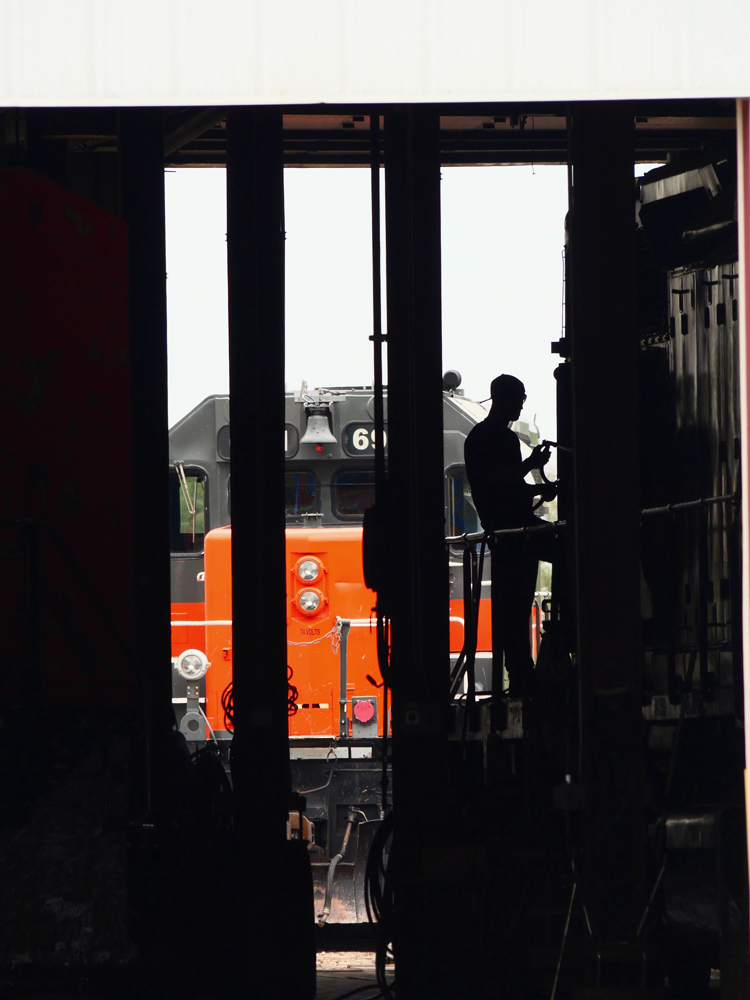
Fixing diesel locomotives Fixing diesel locomotives: The clang of tools, the whir of grinders, and the smell of diesel exhaust greets you as you walk in the door of an engine shop. People move to and from with equipment both large and small, with the ever-present cadence of idling locomotives just outside the door. This […]
Read More…
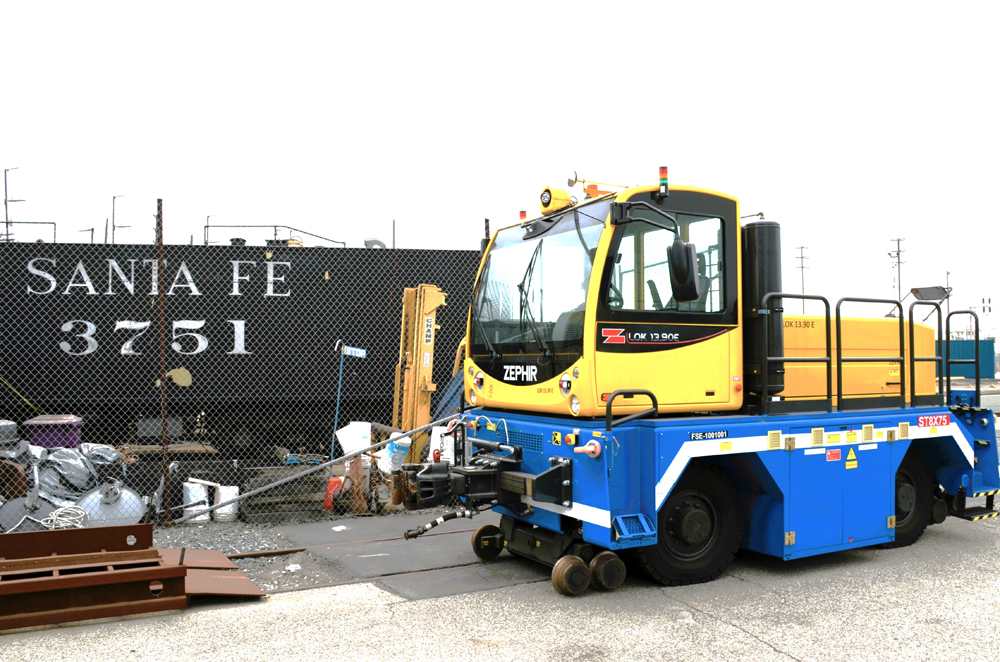
Railcar movers Railcar movers come in a variety of shapes and sizes, but when it comes down to it, they all do the same thing; move railroad locomotives and cars. While many consider such contraptions sacrilege, equipped with rubber tires as well as steel wheels, an experienced operator can move equipment around many times faster, […]
Read More…
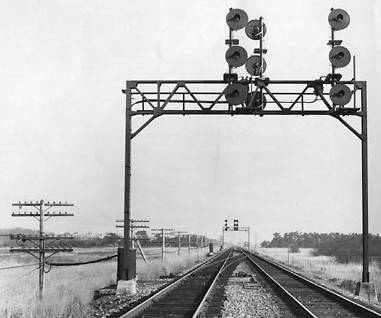
There is more to understanding railroad wayside signals than simply “green means go, red means stop.” To appreciate what the signals you see along the track are telling you, you first have to grasp a few basic concepts. Railroad traffic control boils down to three situations: trains running in the same direction on the same […]
Read More…
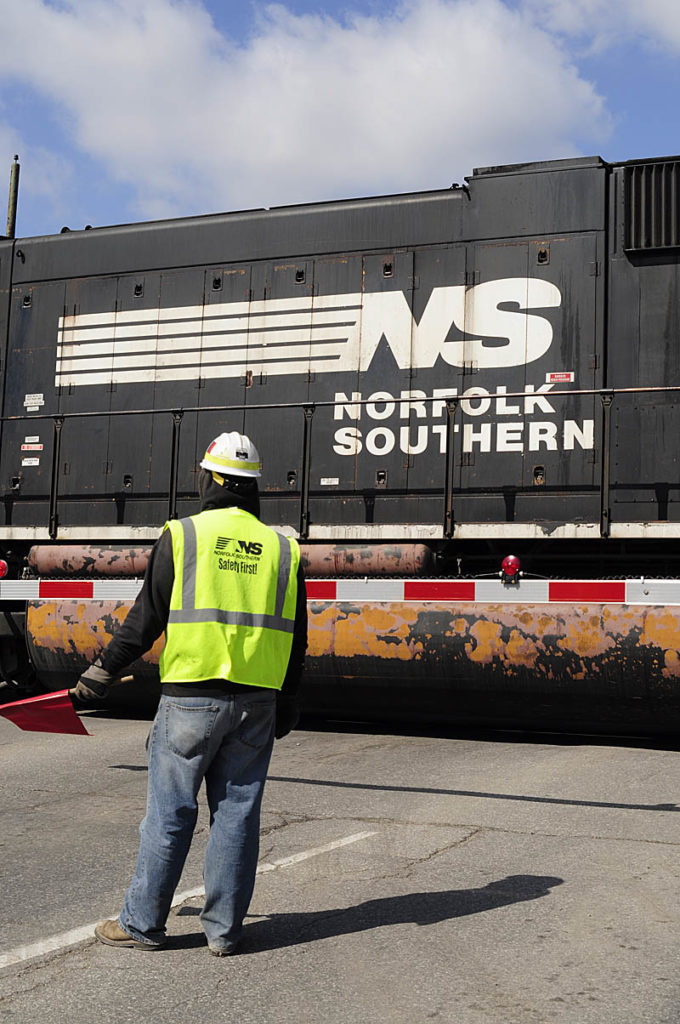
The people who work on trains have a variety of jobs. A Norfolk Southern flagman inspects a train near Marion, Ohio. Dale A. DeVene Jr. The people who work on trains have a variety of jobs. Each member of a train crew has a specific function. Since train crews do most of their work beyond […]
Read More…
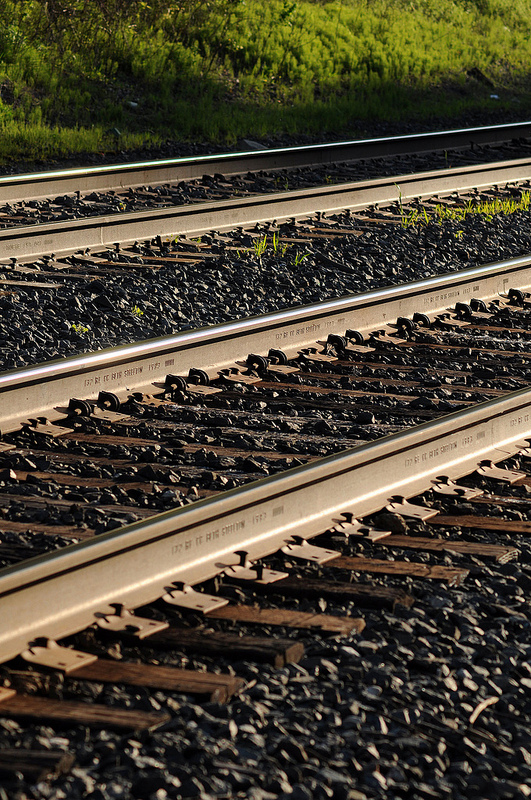
Track classifications are among the most basic — and essential — operating considerations in railroading, and an army of workers keep watch over the rails. You’ve seen them out there nearly every day in their hi-rail trucks, motoring quietly up and down the main and not-so-main lines of America. Perhaps you’ve waited for them to […]
Read More…
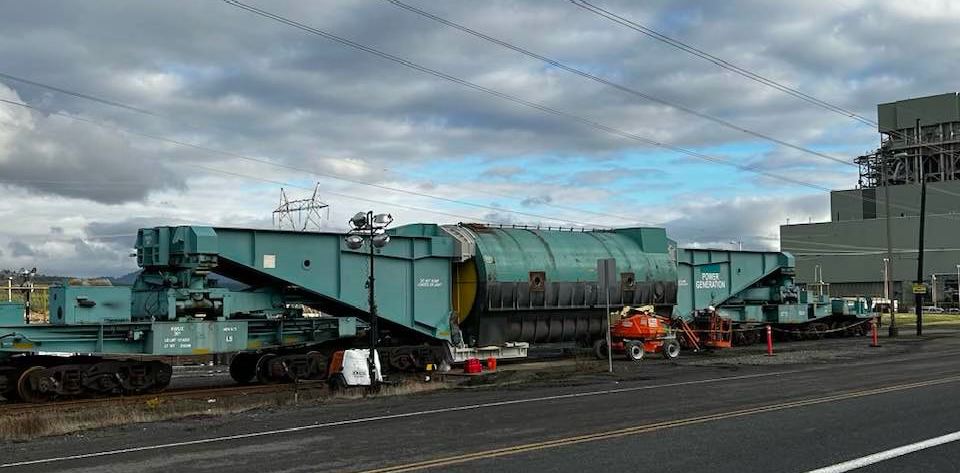
Schnabel car One may think 89-foot auto racks are large while standing trackside, but they can be dwarfed by specialized railcars called upon for heavy-duty service where shipping by truck isn’t available, practical, or affordable. These are Schnabel railcars, which feature the ability to carry heavy loads. With up to 22 axles, these cars used […]
Read More…
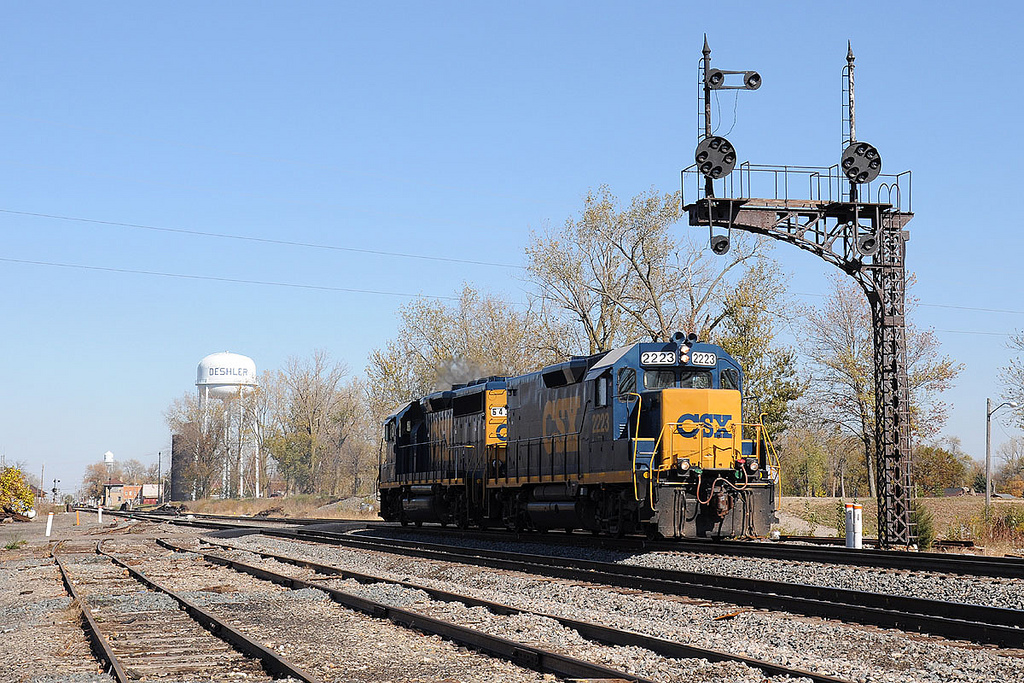
Slugs What are slugs, what do they do You’re at trackside, eyeing an approaching CSX train. The roar of working diesels increases, but it’s oddly distant, given that the engines are so close. The lead unit grinds by, eerily silent but for the humming of its traction motors, followed by two others making all the […]
Read More…
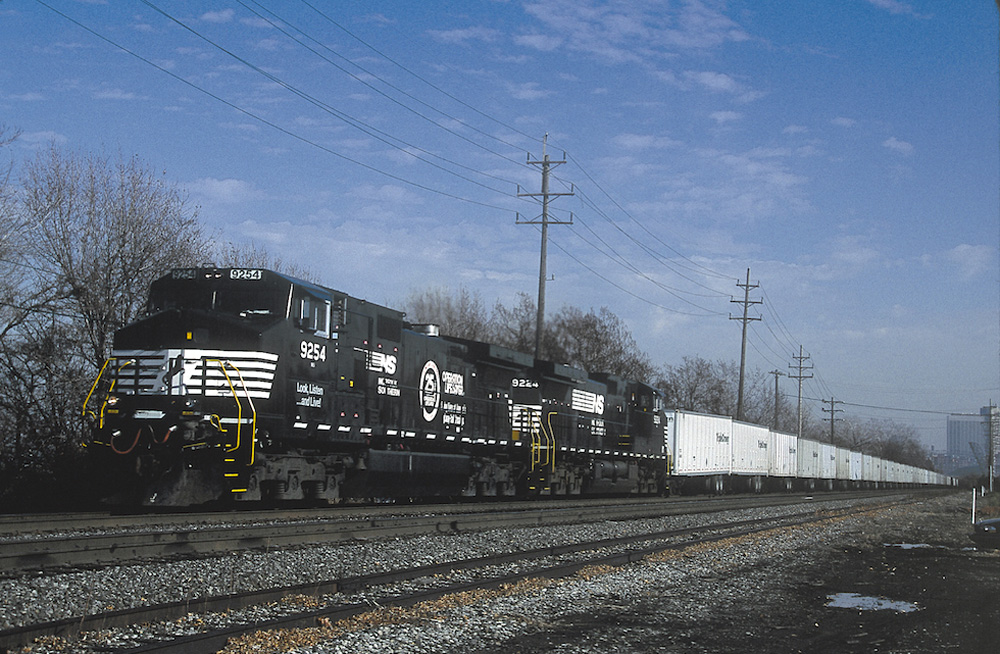
Did you ever wonder how a railroad goes about building a train schedule? It’s more complex than you may think. Train schedules have intrigued me since my father returned from a 1966 business trip with a present of current public timetables from 13 railroads. To 11-year-old me the timetables were like windows to a new […]
Read More…
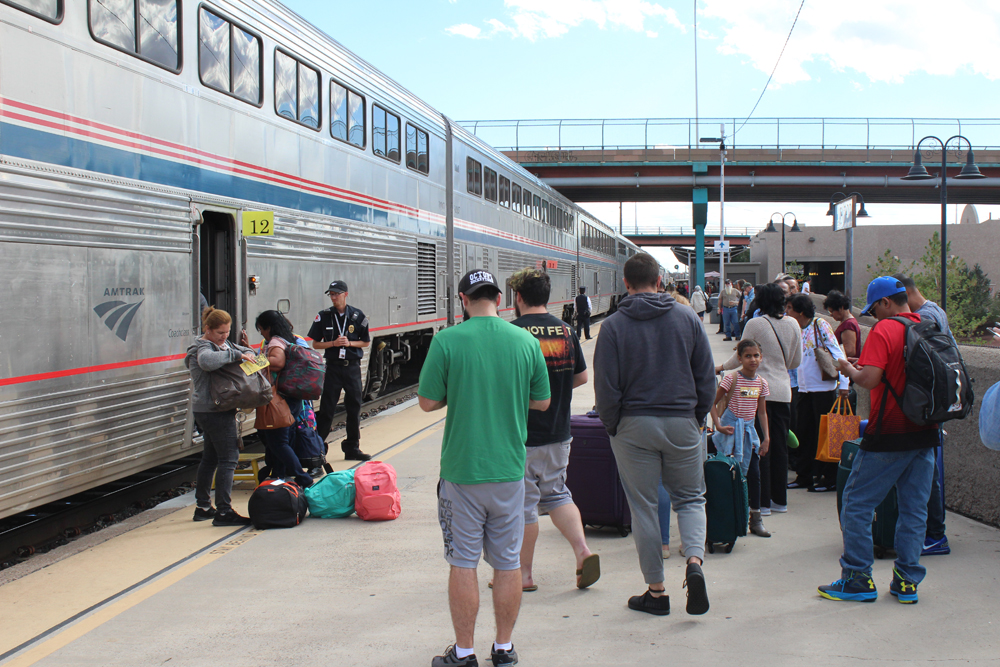
Summer rail travel tips and challenges Amtrak has a problem and it’s too much travel demand for the equipment assigned on its long distance-routes. This translates to a difficult summer for U.S. travelers seeking to ride the rails. In addition, since the company utilizes inventory “yield management” — in which fares rise as seats or […]
Read More…
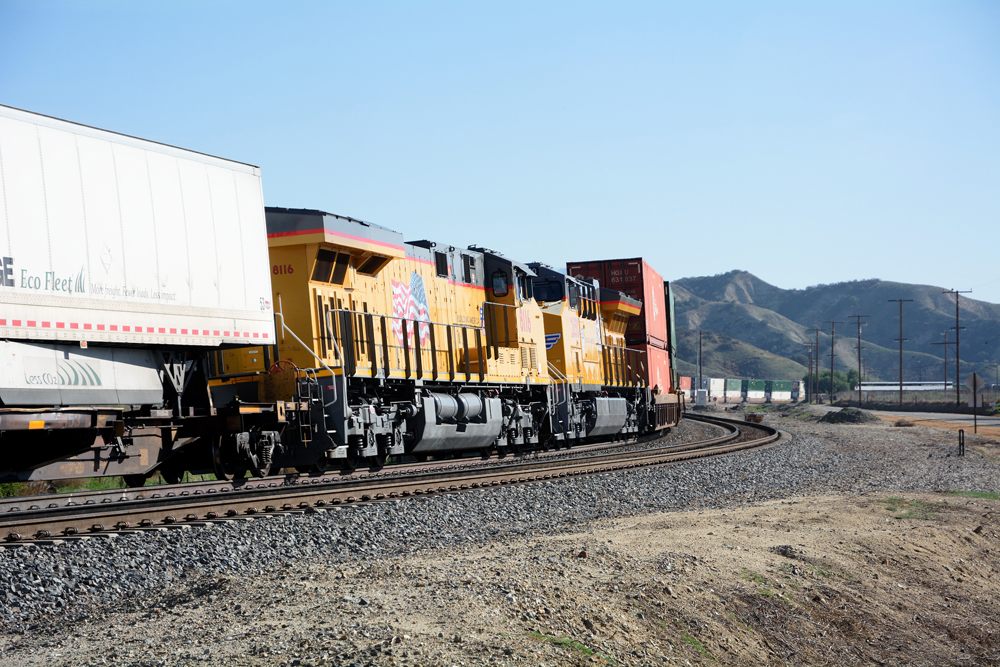
Helper locomotives Helper locomotives are an essential part of modern railroading. It is an additional locomotive (or locomotives) added to a train in order to provide sufficient horsepower when the train is working through steep inclines (or grades), or must keep up a specific speed. Many routes with stiff grades will have specifically designated “helper […]
Read More…
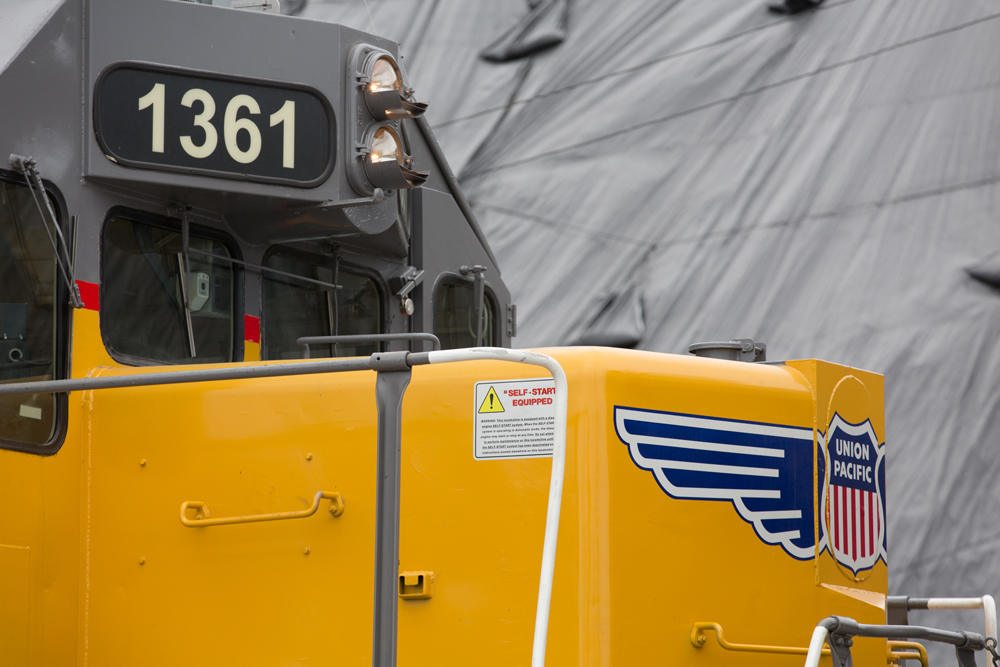
Locomotive headlights and class lights Aside from required ditch lights on most locomotives today, extra lights are essentially gone from freight locomotives, but if you look hard enough you can still find traces of the past when additional lights were ordered by railroads. Before the era of locomotive standardization, many railroads chose to equip their […]
Read More…












